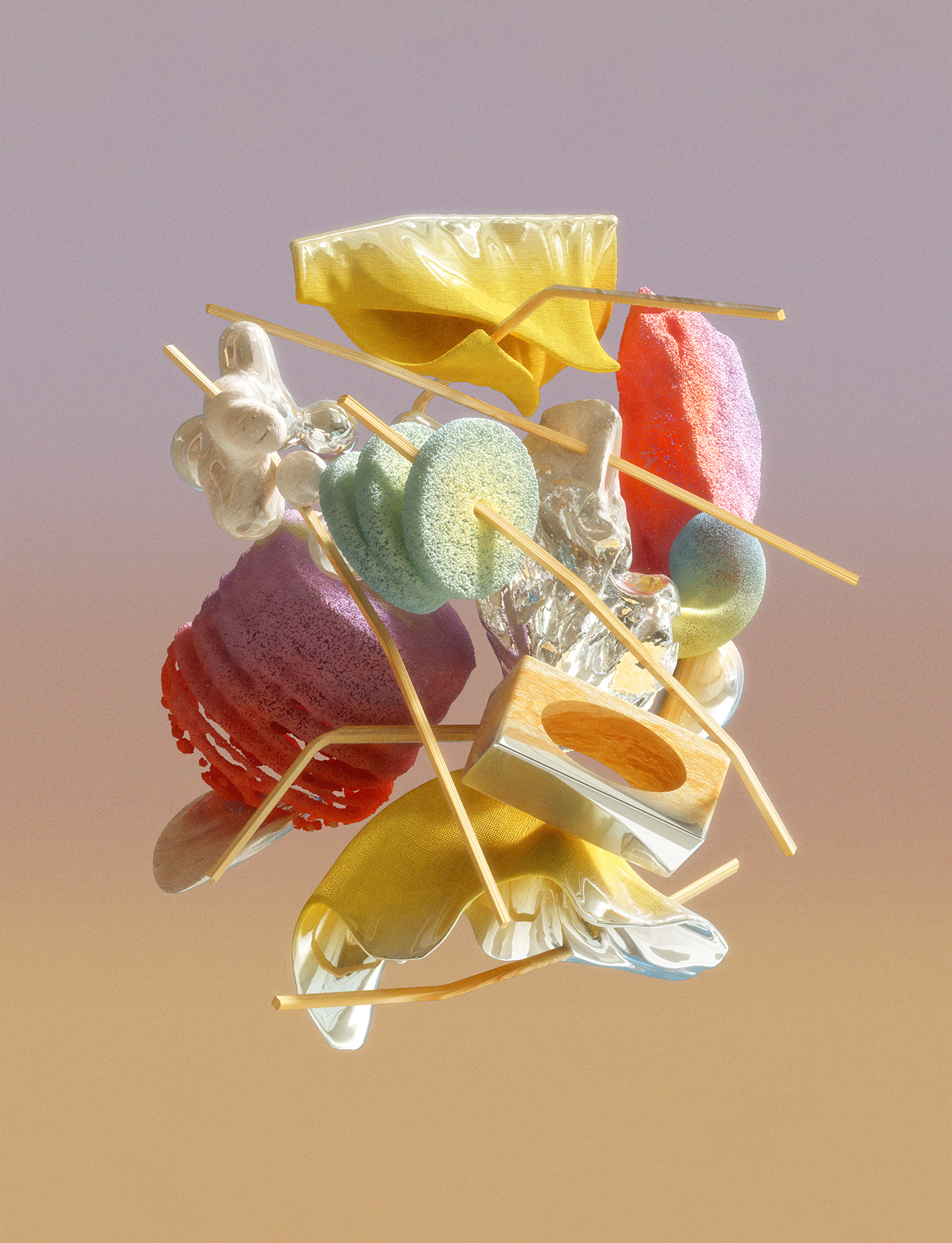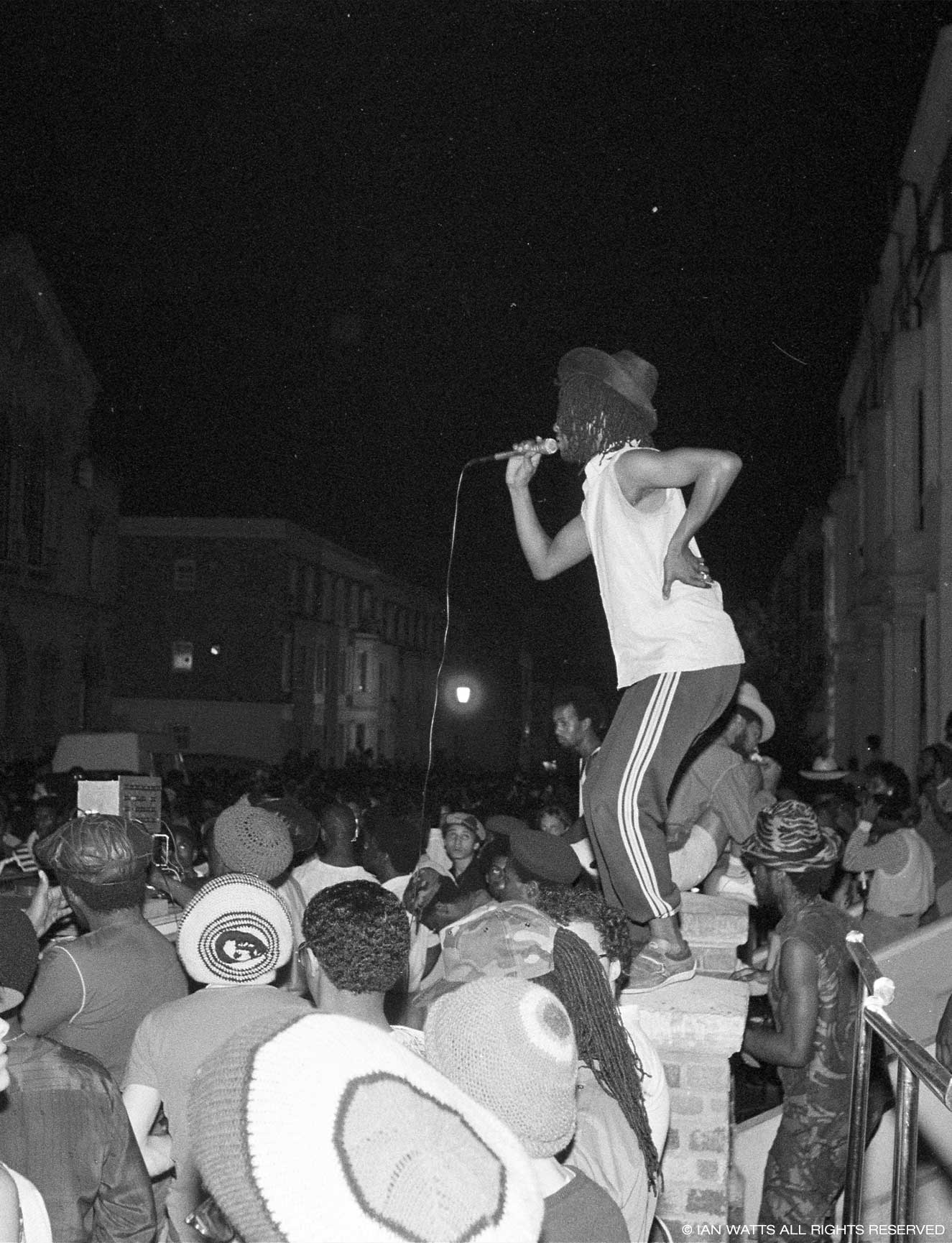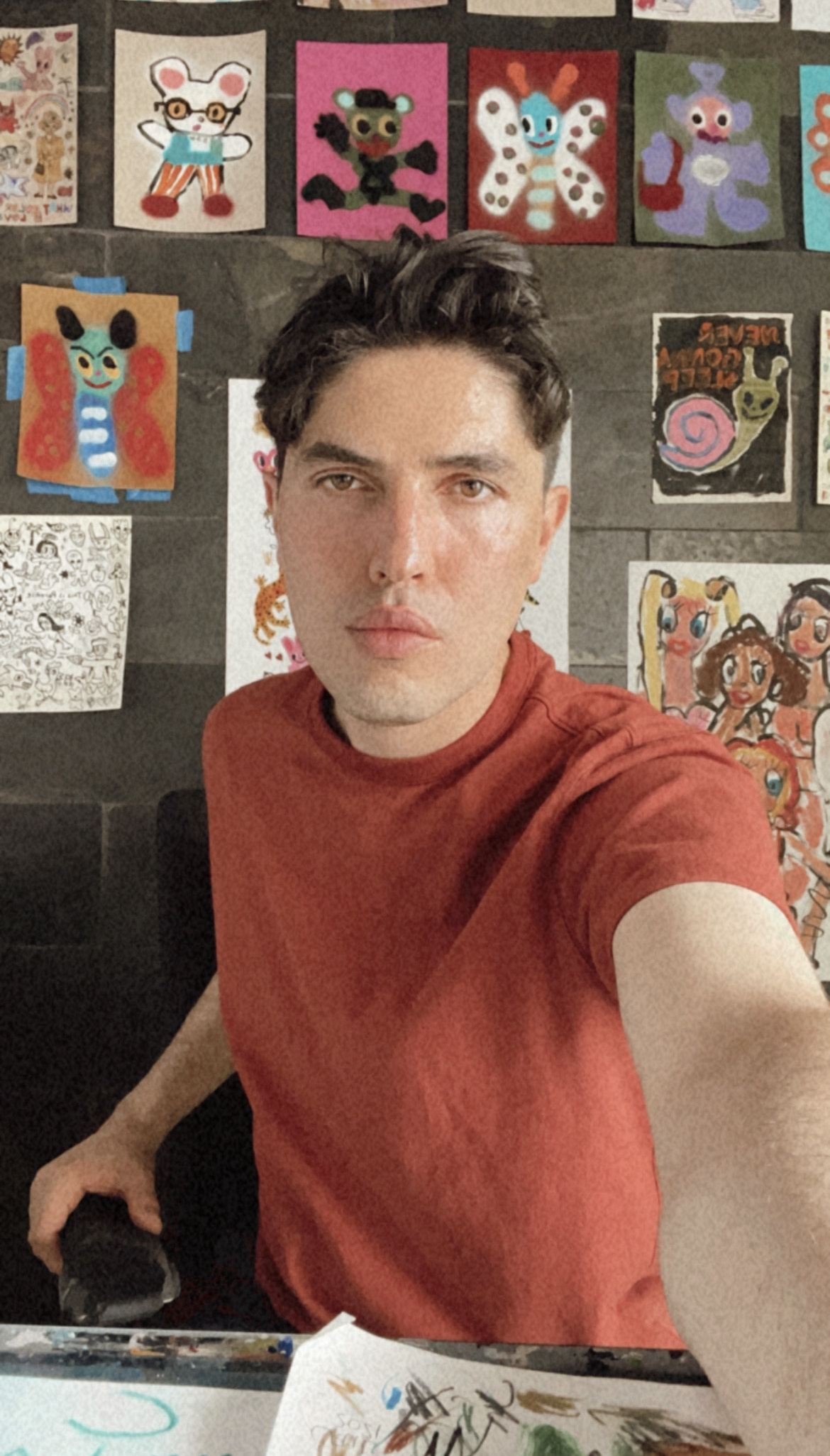You’re a graphic designer and a 3D visual artist, and you’ve also worked in illustration. What do you think the relationship between these different parts of your artistic output is?
You could plot these three across a graph. On the end where there’s a clear external brief and a problem to address, graphic design sits solid. Editorial illustrations sit somewhere in the middle. My visual art practice is all the way at the other end; I get to be a little selfish, make work for myself and throw out any blueprint I’ve ever followed.
While each takes up their own space on the graph, I find, in retrospect, that all three inform each other. My foundation in graphic design makes sure I draw my beziers right when I’m making splines in 3D. My explorations and art practice in 3D sets a fuzzy expectation for what art directors can get from me when they reach out for editorial illustrations. The practice of diving deep into the context of what I’m illustrating for the likes of The New York Times or WIRED Magazine, helps me flex my research skills. Those come in handy in the discovery and strategic phases of the design process.
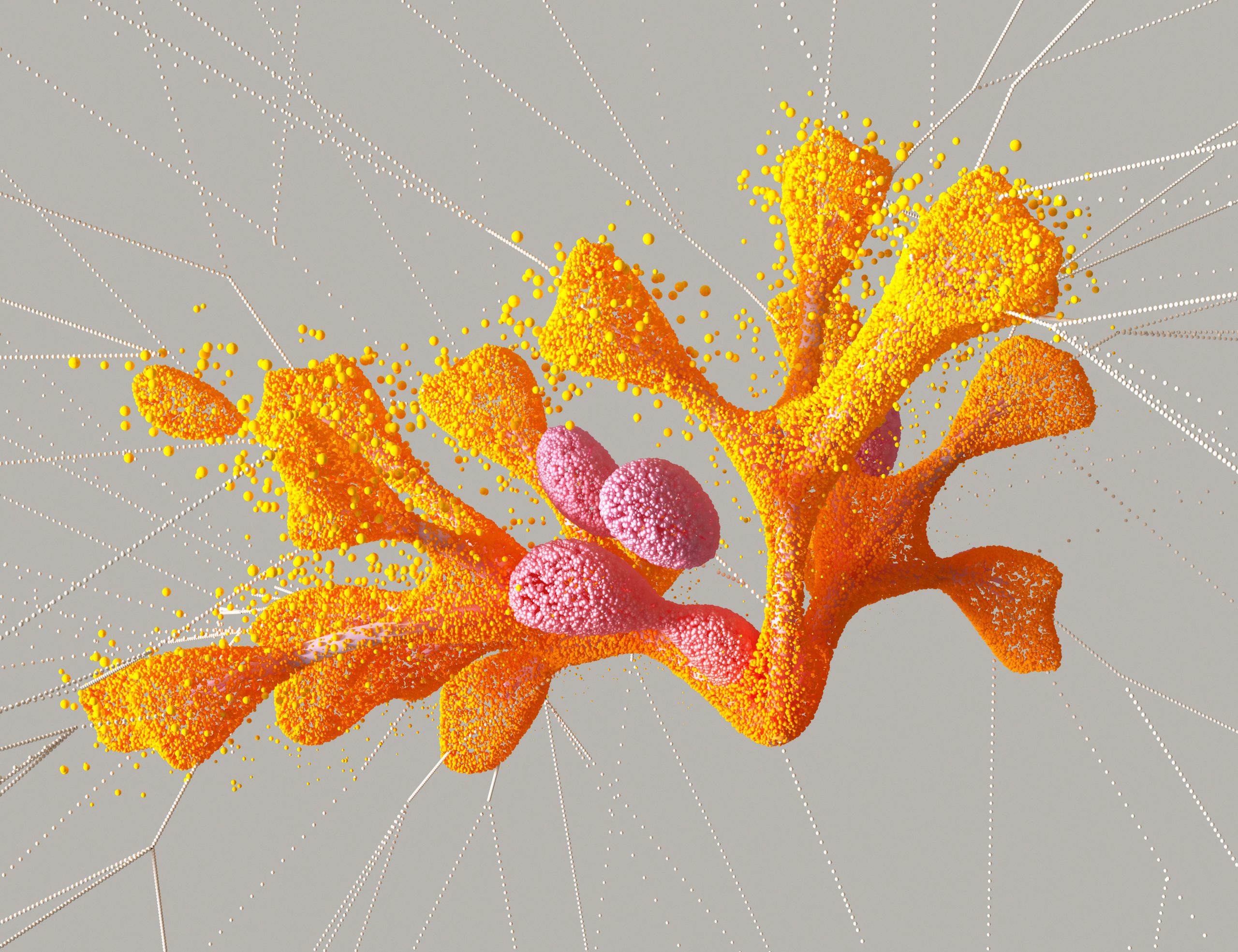
All three inform each other
Your work is very influenced by the natural world, especially the intricate shapes and forms of biology. Why do you think you’re so drawn to this as inspiration?
I live and thrive in cities, and don’t think I have a particularly deeper connection to nature than the next person, I think it’s just what I find compelling. Biomorphic forms are intrinsically alluring and a reminder that beauty can be found in the act of looking closer. Coincidentally, my mother studied and taught botany and zoology, but I wasn’t yet born then… Perhaps it’s possible to inherit interests! In terms of my body of work for magazines and newspapers, I tend to get commissioned to illustrate articles about the mysteries of the human body and the physical world, and these commissions come to me because of my biomorphic style. It’s a cycle I’m happily caught in.
You have an incredibly impressive client list, and currently work at the Google Creative Lab in New York, yet you also seem to do a lot of projects for yourself. How do you balance between commercial work and personal projects, and how do you make time for both?
The short answer is that I don’t balance it all. I take up weekends or downtime to do projects outside of work because, firstly, I get bored and restless easily and need to keep switching it up and, secondly, I have a hard time saying no. I’m working on fixing the second problem this year (and so far I’m failing). It’s undeniable though that my day job benefits from what I’m doing in the evenings, which is just as true the other way round.

I have a hard time saying no
You grew up in New Delhi, and studied at the National Institute of Design, Ahmedabad. Can you talk a little on how growing up in India, and being educated there too, has shaped your work?
Growing up in New Delhi meant car horns and road banter were the score to my everyday life. I have a complex relationship with the city. I have the same love for it that I do for a friend I’ve grown up with, but I’m not sure I objectively love it. New Delhi is a sensory overload, tightly packed with people and things; aggressive, chaotic but always moving.
I’m at peace with the discomfort of beginnings
I didn’t know what design was before studying it at the National Institute of Design, so my education did the hard work of building a foundation in craft and systemic thinking. In our third year, instead of courses or assignments, the curriculum had ‘classroom projects’. Those eight week projects granted us complete agency; we’d get to set our own briefs, explore personal interests and work within topics that we cared about. Choices so early on set a domino effect for a lot of us, and have had an impact on what occupies us today. When I look back at my time at NID though, I think less about the design education and more about ‘night mess’: 11pm chais, basketball court parties, vibrant late night discussions, all-nighter self-initiated projects (that I’d always bail halfway on) and all the good stuff that’s bound to happen when you put hundreds of creative kids from across the country under the same roof.

As well as India, you’ve lived in Berlin and now New York. How do you think life in these other cities helped you develop as an artist?
Moving as many times as I have means I can pack my whole life in two suitcases, and I’m at peace with the discomfort of beginnings, in both work and life. I’ve turned being an outsider into a mini superpower.
You produce visuals for your sister, the musician Kavya Trehan. How do you find working with family?
It feels like a playground to experiment, to not stick to a style and to be able to explore things that are radically new to me. Having my sister as a client is much like doing personal work, which makes it my favourite kind of work, for my favourite person. Having no-one to convince or please helps me put less pressure on myself and I end up producing my best work.
It feels like a playground to experiment
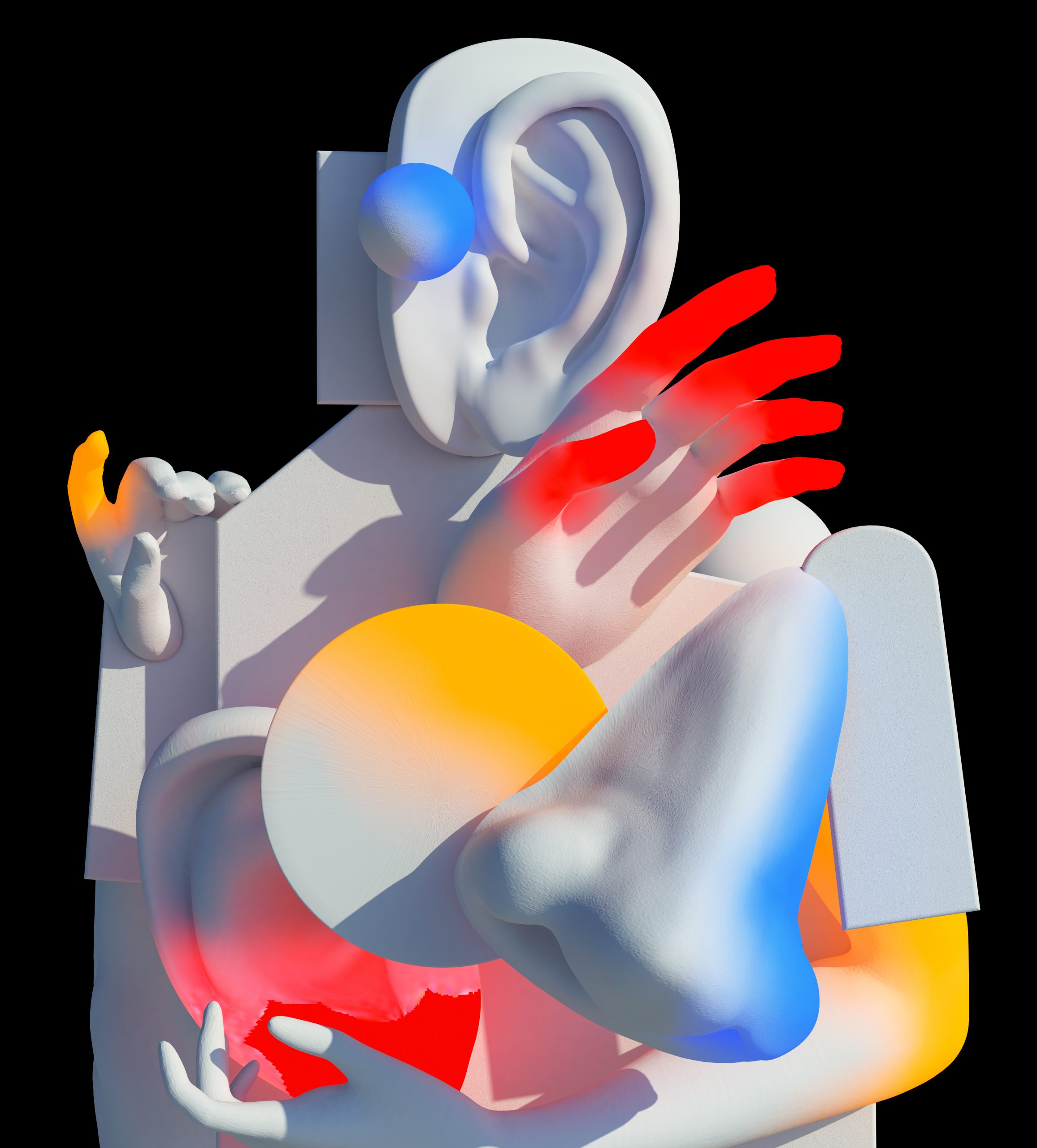
What’s on the horizon for you for 2023?
I’d like to learn how to slow down, stress less, exercise, read, rest, maybe pick up a hobby, cancel plans less often, work on my unhealthy obsession with productivity, add calendar blockers for alone time, take long walks in the city, and not feel guilty about it all.
Read More: Karlotta Freier On Evolving Through Collaboration



